12 Double Standards Women Still Face in Hollywood
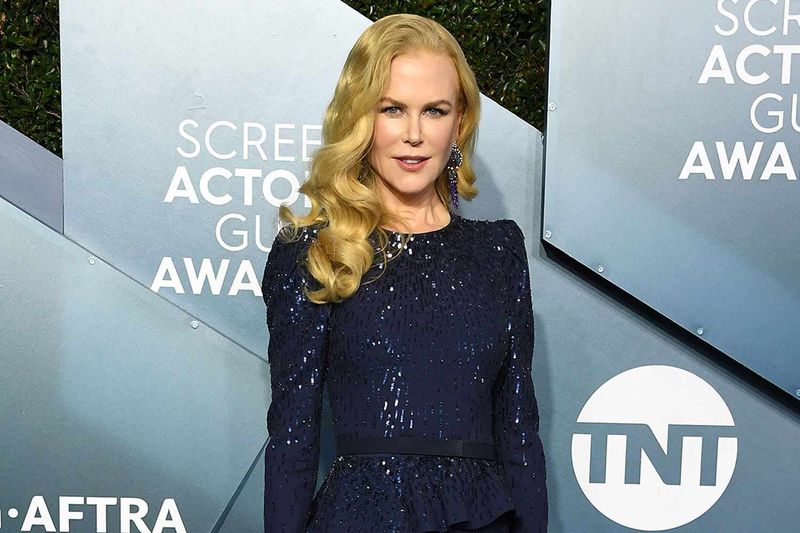
Hollywood has long been a shining beacon of creativity and glamour, yet beneath the glitz and glamour lies a troubling reality. Women in the film industry face numerous double standards that hinder their career progression and personal growth. From ageism to pay disparity, these inequities are deeply entrenched, revealing a skewed system that favors male actors, directors, and producers. Although there have been strides towards equality, many hurdles remain. This blog post delves into twelve persistent double standards that women in Hollywood continue to contend with, shedding light on the struggles and the urgent need for change in the industry.
1. Age and Marketability
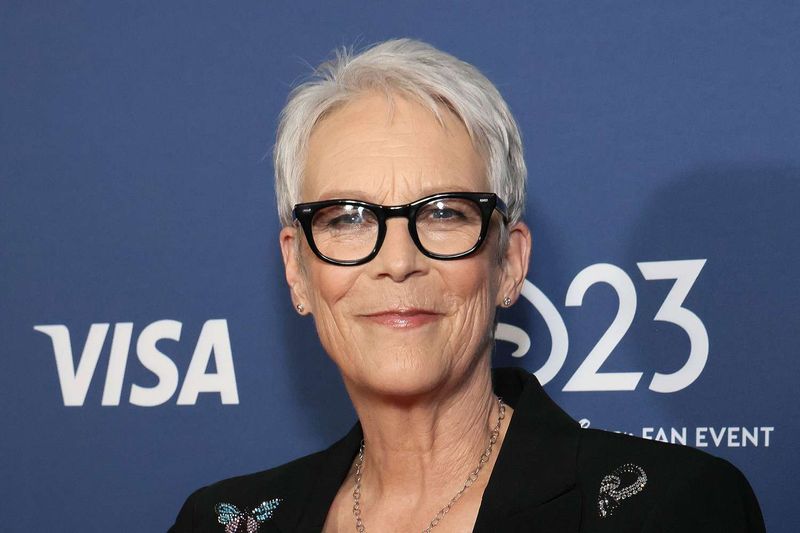
In Hollywood, the age and marketability of female stars are closely scrutinized. Unlike their male counterparts, actresses over the age of 40 often find themselves sidelined or pigeonholed into stereotypical roles such as mothers or grandmothers. This age bias limits the diversity of roles available to them and stifles their creative expression.
Male actors, however, continue to lead films well into their 50s and 60s, often receiving roles that depict them as charming or wise. The industry’s obsession with youth disproportionately affects women, highlighting the need for more inclusive casting practices.
This disparity hampers women’s opportunities and perpetuates ageism within the entertainment world.
2. Appearance Standards
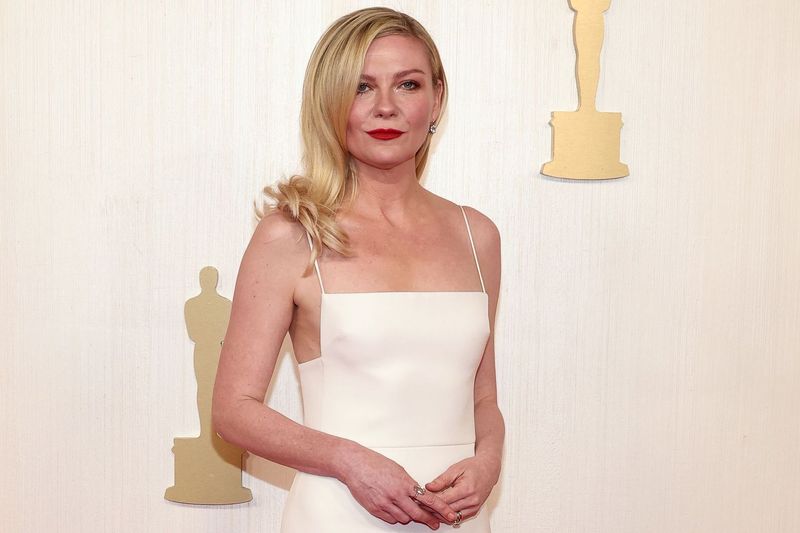
Hollywood’s beauty standards impose unrealistic expectations on actresses, demanding a perpetual state of youth and flawlessness. Women in the industry feel immense pressure to conform to these ideals, often resorting to cosmetic enhancements.
In contrast, male actors are allowed to age naturally, often celebrated for their rugged or distinguished looks as they grow older. This double standard reinforces harmful stereotypes and places an undue burden on women to maintain an unattainable image.
The freedom afforded to male actors to embrace their age highlights a glaring inequality that continues to persist in today’s entertainment landscape.
3. Pay Disparity
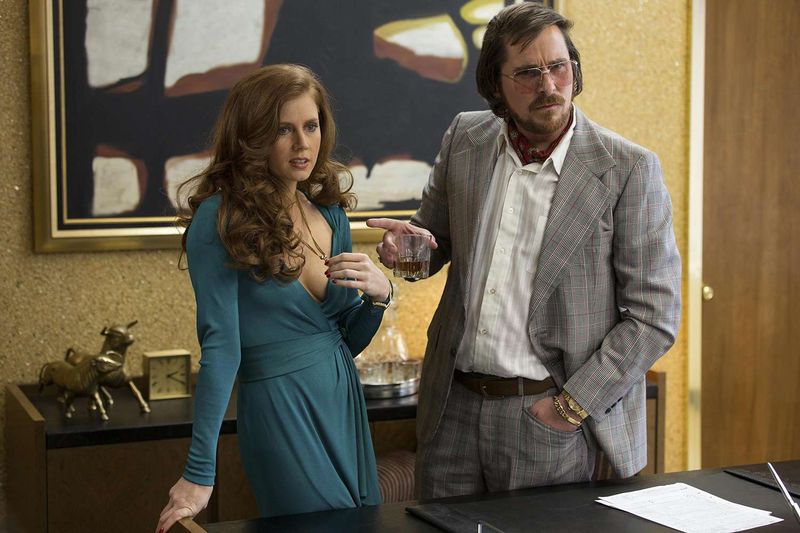
Pay disparity remains a significant issue in Hollywood, with actresses often receiving far less compensation than male co-stars, even when they have comparable or greater box office appeal. Despite achieving critical and commercial success, women find their contributions undervalued monetarily.
This pay gap highlights an ingrained bias that regards male performances as more valuable, an unjust perception that undermines the accomplishments of female talent.
Efforts to bridge this gap have been slow, with notable cases sparking public outrage but resulting in limited systemic change. The persistence of this issue calls for industry-wide reform to ensure fair compensation.
4. Typecasting
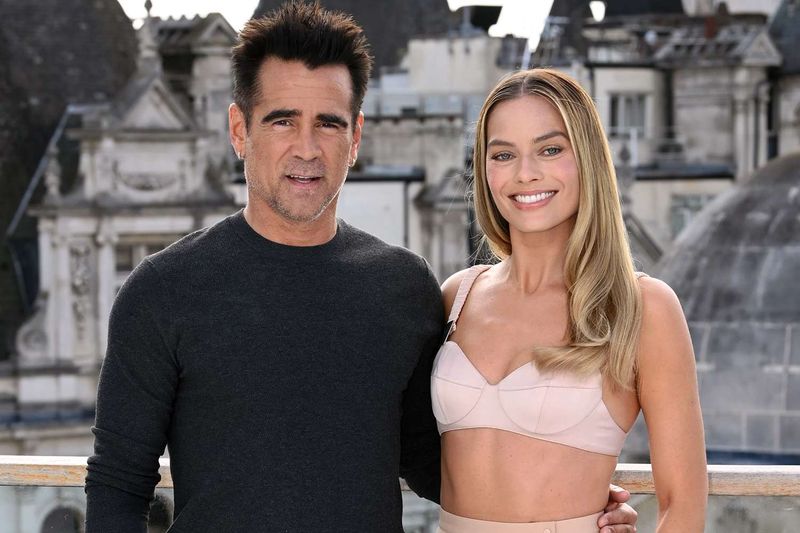
Typecasting confines actresses to a narrow range of roles, often revolving around their relationships with male characters, such as being the love interest, wife, or mother. This limitation stifles their creative opportunities and prevents women from exploring more complex, diverse characters.
Male actors, conversely, enjoy a broader spectrum of roles that allow them to showcase a full range of emotions and experiences.
The industry’s tendency to pigeonhole women into these traditional roles reflects a lack of imagination and reinforces outdated gender norms. Challenging these casting practices could lead to richer storytelling and more dynamic female characters.
5. Directorial Opportunities

The film industry has long been dominated by male directors, particularly in the realm of big-budget films. Women often struggle to gain trust and opportunity with blockbuster projects, despite having proven successes in smaller-scale films.
This imbalance reveals a gender bias that questions women’s capabilities in handling larger productions, perpetuating a cycle that limits their growth and recognition.
Breaking through these barriers requires a shift in perception and a commitment to providing equitable opportunities for female directors. Allowing more women to take the helm of major films could pave the way for a more diverse cinematic landscape.
6. Red Carpet Scrutiny
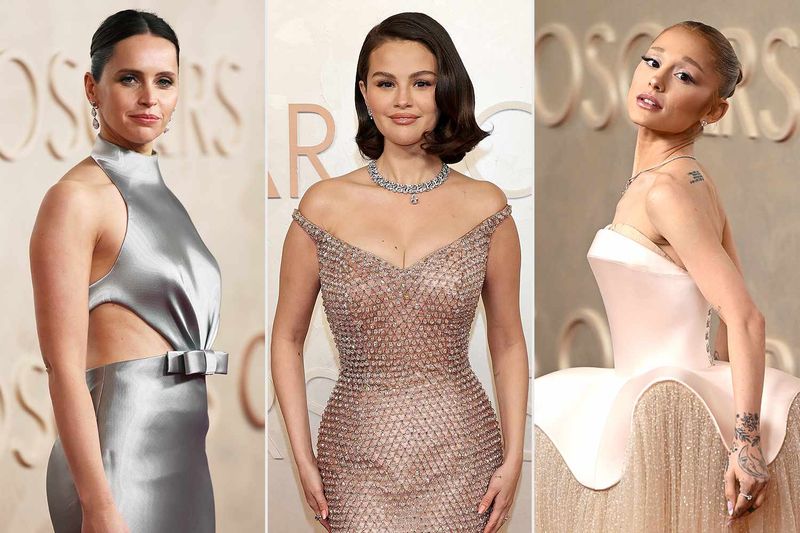
The red carpet is a stage where actresses endure intense scrutiny and judgment based on their fashion choices. Every outfit, accessory, and hairstyle is analyzed, often overshadowing their professional achievements.
Male actors, on the other hand, experience a more relaxed atmosphere, with minimal attention paid to their attire. This disparity reflects broader societal expectations that prioritize women’s appearances over their talents.
The relentless focus on what actresses wear contributes to a culture that values aesthetics over accomplishments, urging a reevaluation of how talent is recognized and celebrated.
7. Sexualization
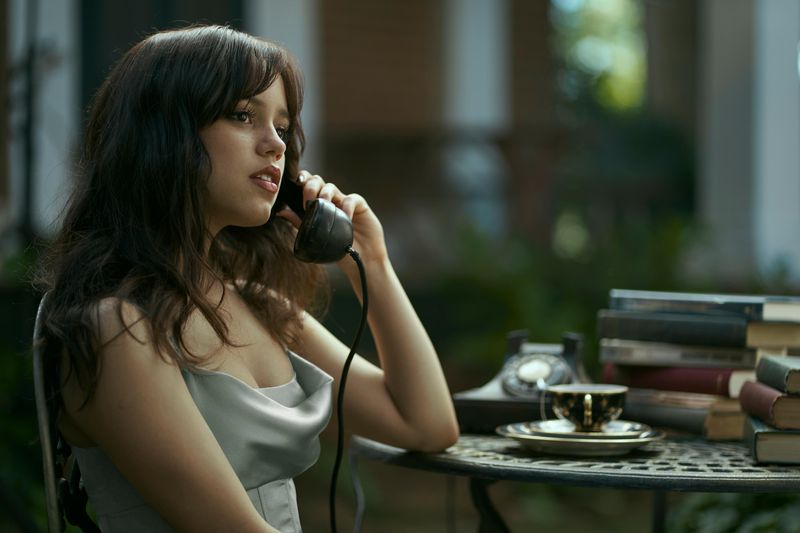
Young actresses in Hollywood frequently face hyper-sexualization in their roles, often portraying characters designed to appeal to the male gaze. This objectification reduces them to mere visual spectacles, detracting from their artistic contributions.
Male actors rarely encounter the same level of sexualization, allowing them to focus on diverse character development. The disparity in treatment perpetuates a culture where women’s value is tied to their physical appeal rather than their talent.
This practice not only limits women’s career trajectories but also reinforces damaging stereotypes, necessitating a shift towards more respectful and varied representations.
8. “Difficult” Label

When actresses voice concerns about unfair treatment or advocate for themselves, they risk being labeled as “difficult” or “hard to work with.” This label can have damaging effects on their careers, discouraging them from speaking out.
In contrast, male actors making similar demands are often seen as assertive or passionate, their reputations rarely suffering as a result. This double standard silences women and maintains a status quo that discourages equality.
Addressing this issue requires a reevaluation of how assertiveness and professionalism are perceived across genders, fostering an environment where all voices can be heard equally.
9. Parental Roles
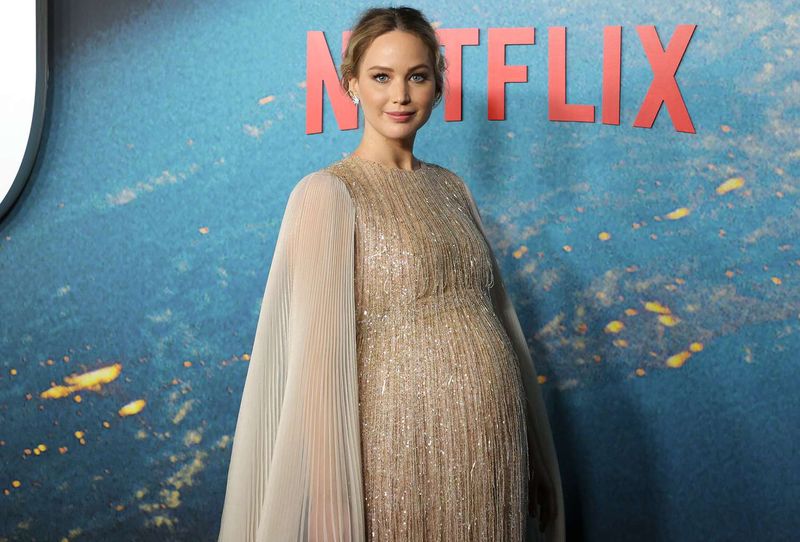
In Hollywood, actresses frequently face questions about balancing motherhood with their careers, a line of inquiry seldom directed at male actors. This double standard underscores an outdated perception that places family responsibilities squarely on women’s shoulders.
Male actors are rarely asked about fatherhood, allowing them to navigate their careers without similar scrutiny. This imbalance reflects broader societal views on gender roles and parenting responsibilities.
Challenging these stereotypes involves recognizing the diverse experiences of both male and female actors, promoting a more balanced portrayal of work-life dynamics in the industry.
10. Awards Recognition
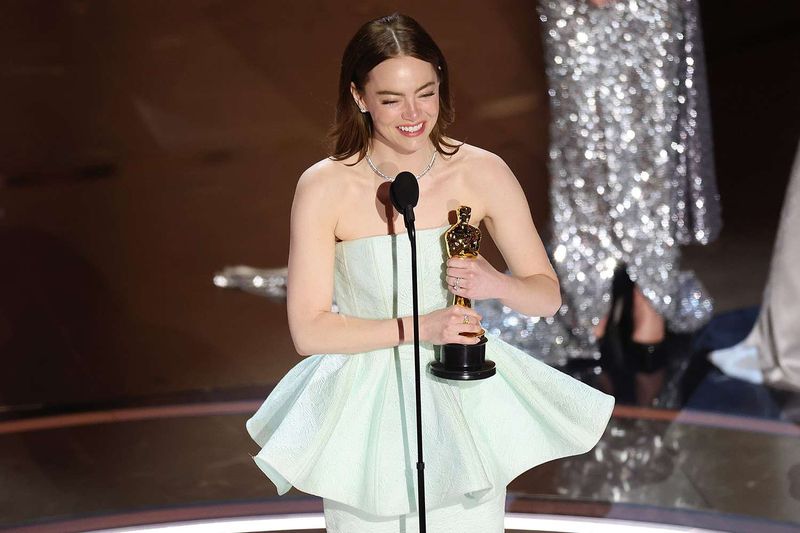
Women in Hollywood often face an uphill battle when it comes to awards recognition, particularly in directing and writing categories. Despite delivering outstanding work, their contributions are frequently overshadowed by those of their male counterparts.
This lack of recognition not only demotivates women but also perpetuates a culture that undervalues their creative input. It reflects a broader bias within the industry that equates male-driven narratives with prestige.
Recognizing and celebrating the achievements of women in these fields is crucial for fostering equality and inspiring future generations of female filmmakers and writers.
11. Box Office Credit
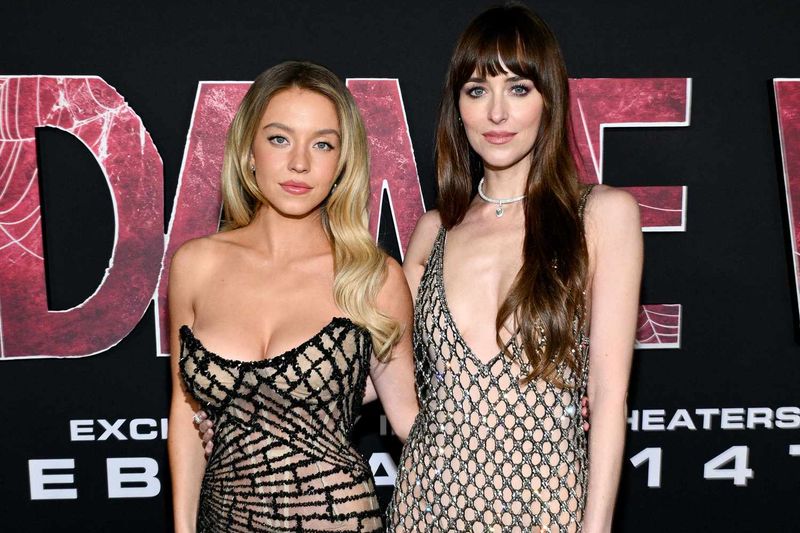
When films succeed, male directors and actors often receive the lion’s share of credit, overshadowing the contributions of female talent. Yet, when a film doesn’t perform well, actresses disproportionately shoulder the blame, reflecting a skewed perception of accountability.
This bias highlights a systemic issue that fails to recognize the collaborative nature of filmmaking, where multiple talents contribute to the final product.
Reevaluating how success and failure are attributed could lead to a more equitable acknowledgment of all contributors, ensuring that actresses receive their due recognition.
12. Stigma Around Aging Romances
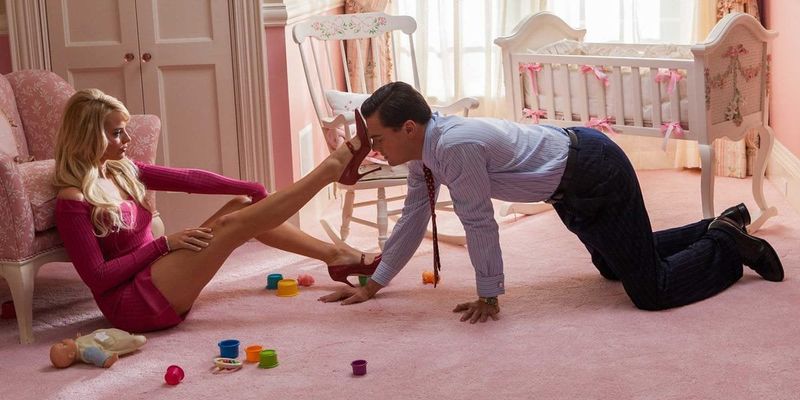
In Hollywood, older male actors frequently star alongside much younger female love interests, a pairing that rarely occurs with older actresses. This stigma around aging romances limits opportunities for women, confining them to less dynamic roles as they age.
Such casting practices reflect societal biases that favor youth, particularly in romantic contexts, and ignore the rich narratives that can emerge from diverse age pairings.
By embracing a wider range of romantic narratives, the industry can break free from ageist conventions and celebrate love stories that resonate with a broader audience.

Comments
Loading…